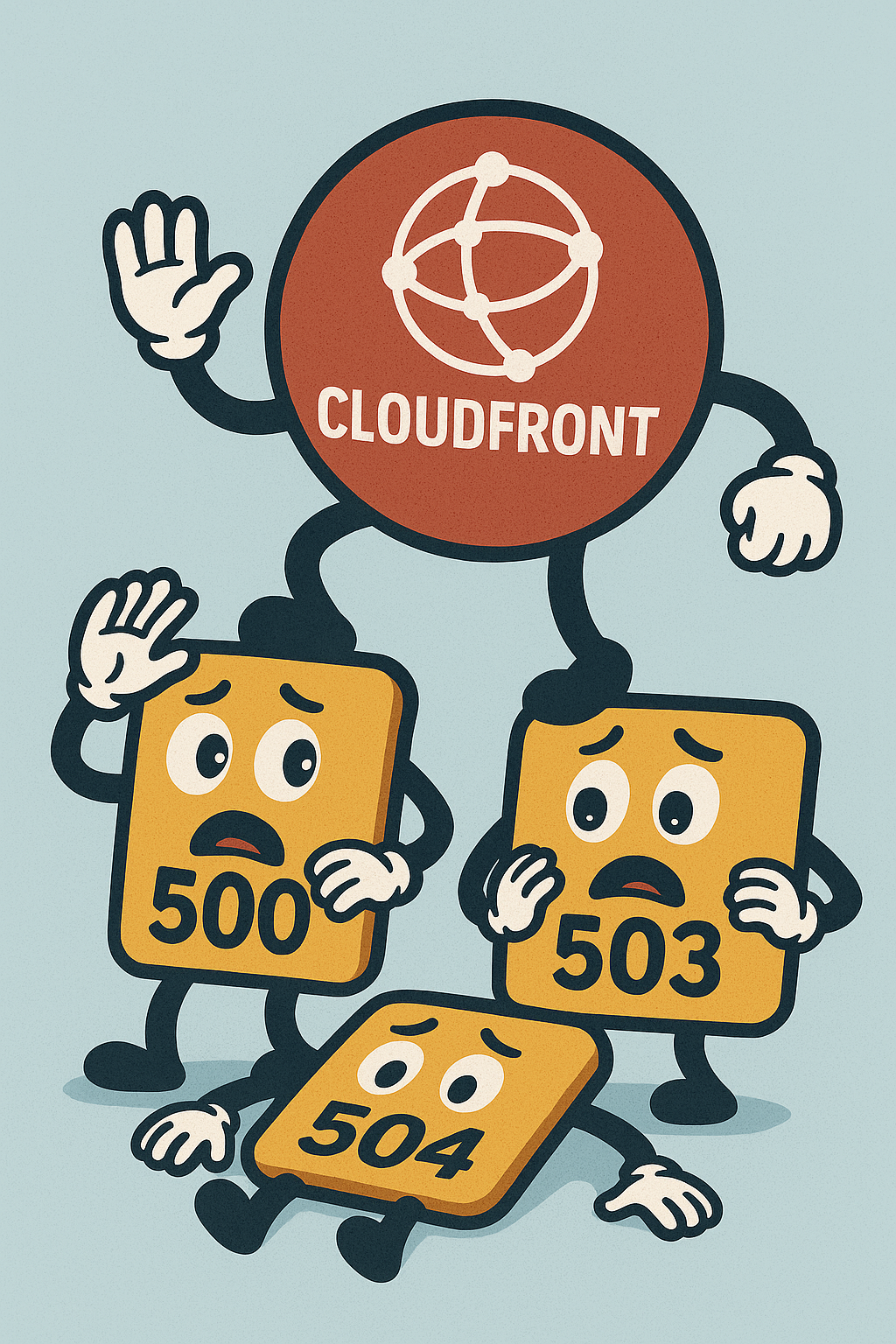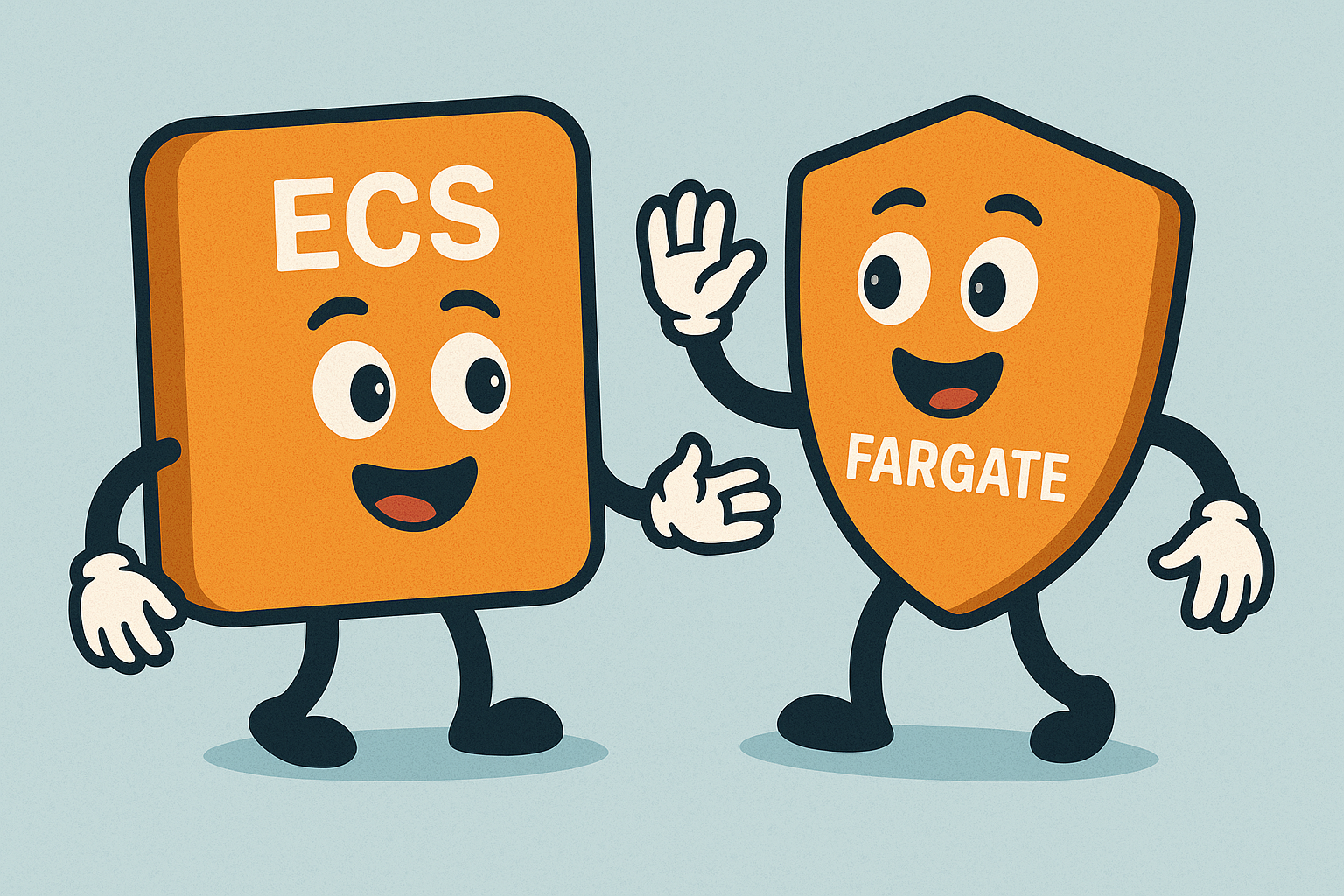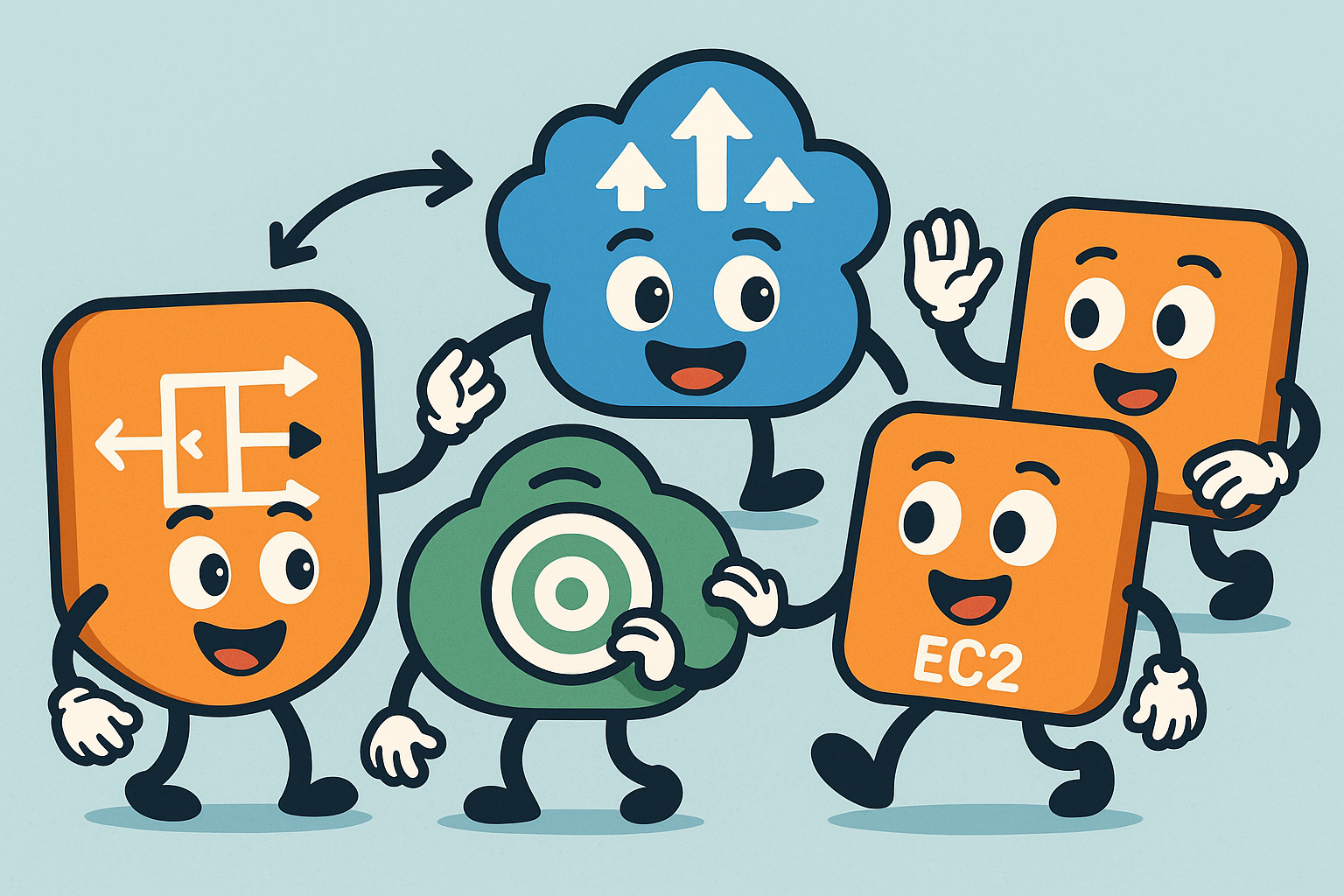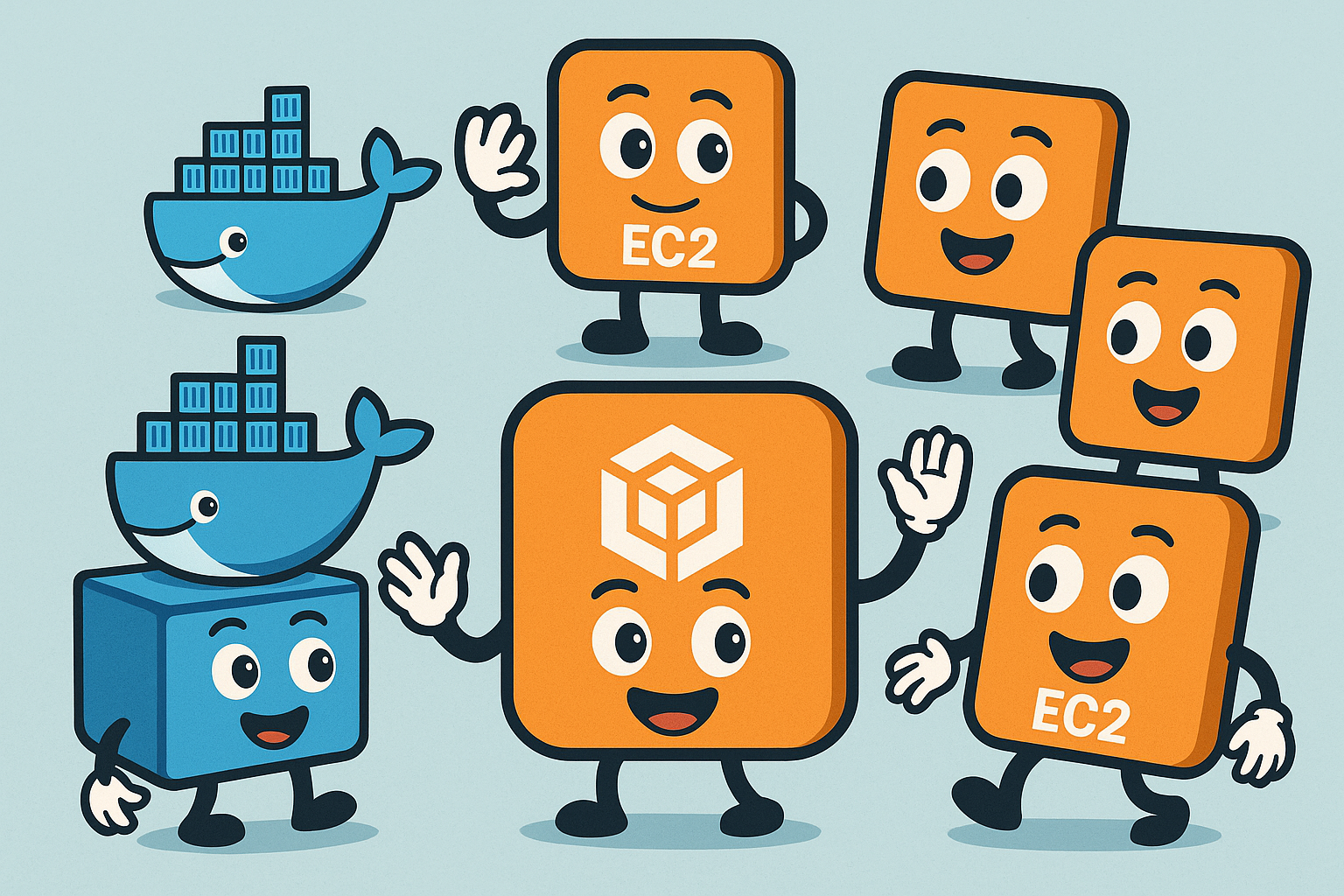
Building Highly Available AWS Infrastructure: Graceful Failure - Part 4
Your infrastructure scales perfectly, but what happens when your database goes down? Learn strategies for graceful degradation, from application-level error handling to Route 53 health checks and CloudFront functions. Turn ugly 500 errors into elegant maintenance pages.
Read more

